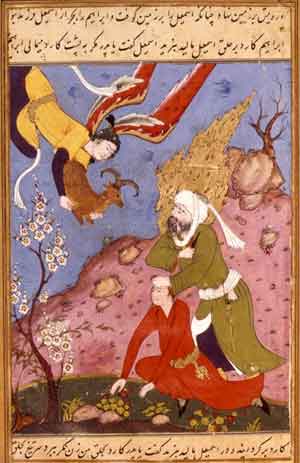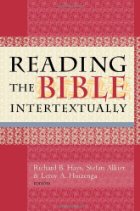
Edited with explanatory note on Jesus not struggling with his sacrificial vocation — Dec 2, 2011, 08:10 am
This post concludes the series outlining Huizenga‘s thesis that Matthew created his Jesus as an antitype of Isaac. The earlier posts are:
- Isaac Bound: template for Jesus in the Gospel of Matthew — this examines the Jewish beliefs about the Isaac offering narrative before the Christian era;
- Isaac Bound & Jesus: first century evidence — this surveys Jewish and some Christian beliefs about Abraham’s offering of Isaac in the early Christian era;
- Matthew’s Jesus crafted from the story of Isaac — a synopsis of the Isaac allusions to Jesus in the Gospel of Matthew up to the Gethsemane scene.
This post concludes my presentation of Huizenga’s chapter The Matthean Jesus and Isaac in Reading the Bible Intertextually. It first addresses verbal allusions and thematic correspondences between Genesis 22 and the Gethsemane and arrest scenes in the Gospel of Matthew; it concludes with a consideration of the reasons the Gospel author may have used Isaac in this way and the significance of his having done so. I also draw attention to Huizenga’s argument that while we have historical evidence for the likelihood of Isaac being used as a recognizable model for Jesus we have only later Christian exegesis to support the more widely held current view that Isaiah’s Suffering Servant was used as Matthew’s template.
What follows assumes some knowledge of the posts that have preceded. Continue reading “Jesus with Isaac in Gethsemane: And How Historical Inquiry Trumps Christian Exegesis”



